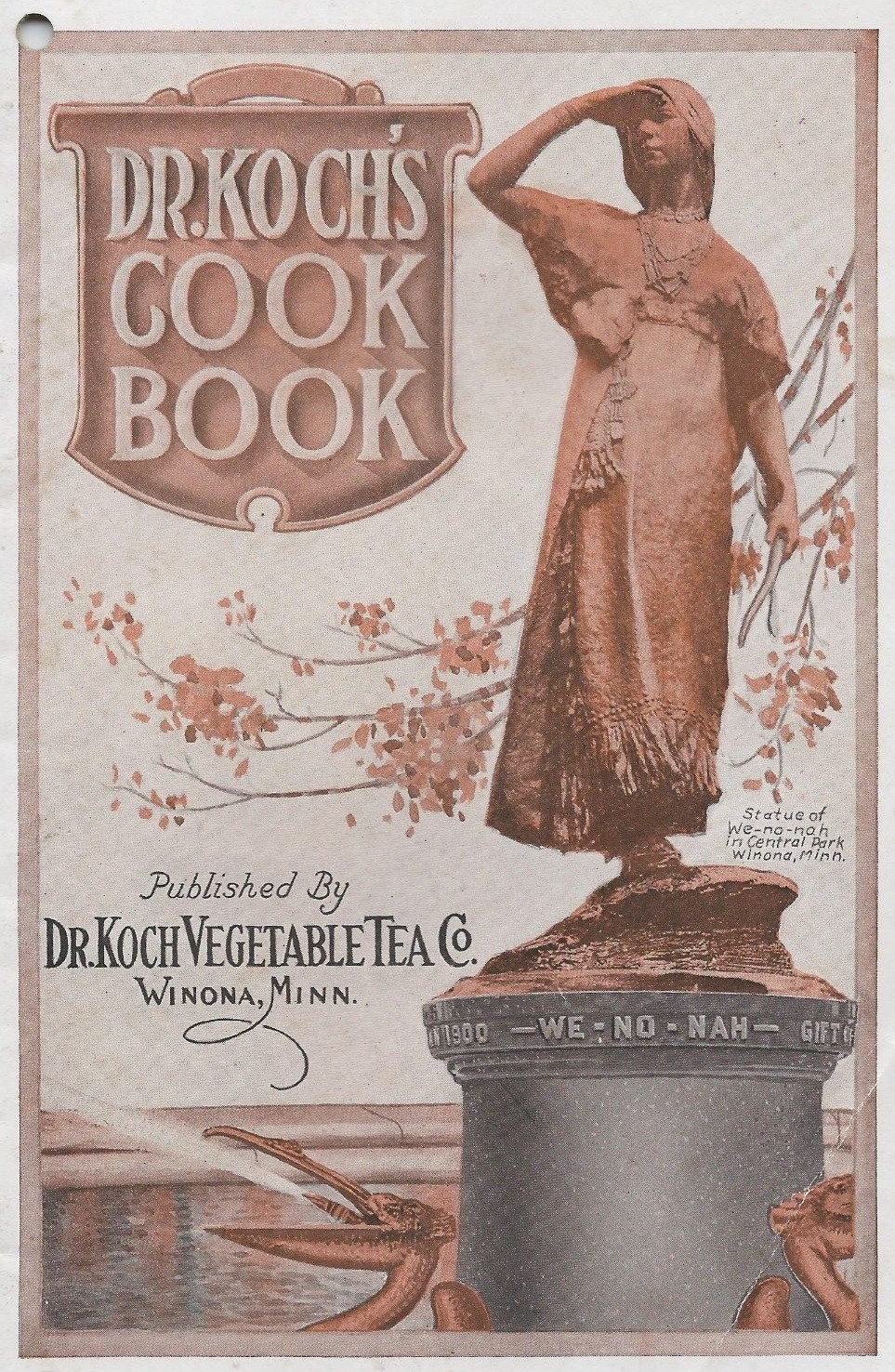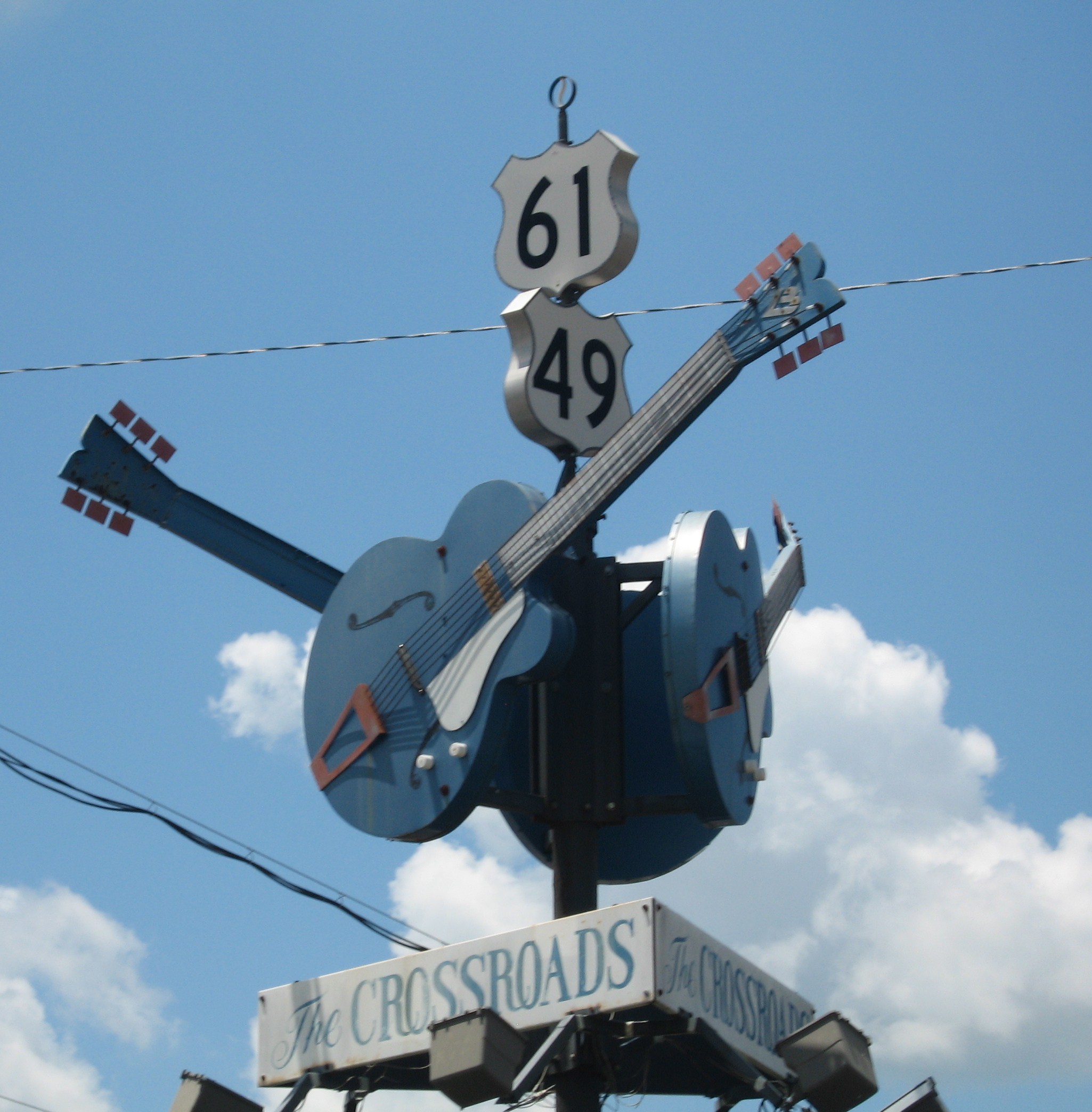|
Winona, MN Micropolitan Statistical Area
Winona County is a county in the U.S. state of Minnesota. As of the 2020 census, its population was 49,671. Its county seat is Winona. Winona County comprises the Winona, MN Micropolitan Statistical Area. History The Wisconsin Territory was established by the federal government effective July 3, 1836, and existed until its eastern portion was granted statehood (as Wisconsin) in 1848. The federal government set up the Minnesota Territory effective March 3, 1849. The newly organized territorial legislature created nine counties across the territory in October of that year. One of those original counties, Wabasha, had its southern section partitioned off on March 5, 1853, into a new county, Fillmore. On February 23, 1854, the legislature partitioned the northern part of Fillmore County, plus a small section of Wabasha, to create Winona County, with the village of Winona as county seat. The county name was taken from the village name, which is said to derive from a Dakota lege ... [...More Info...] [...Related Items...] OR: [Wikipedia] [Google] [Baidu] |
Winona (legend)
Winona or Wenonah is a Dakota Sioux character in a "Lover's Leap" romantic legend set at Maiden Rock, which is on the Wisconsin side of Lake Pepin in the United States. Winona is said to have leaped to her death from this high precipice rather than marry a suitor she did not love. This theme is found in a number of apocryphal, post-contact tales in the place-name lore of North America. The legend There are several variations of the story. Winona's father is sometimes said to be Chief Wabasha (Wapasha) of a village identified as ''Keoxa'', now known as Winona, Minnesota, or perhaps Chief Red Wing of what is now Red Wing, Minnesota. Rather than marry a suitor she does not love, Winona chooses to leap from the cliff of Maiden Rock to her death. The story is very similar to the apocryphal legend of a young Cherokee woman of Noccalula Falls Park in Gadsden, Alabama, as well as events in James Fenimore Cooper's ''The Last of the Mohicans''. The identity of the suitor depends on t ... [...More Info...] [...Related Items...] OR: [Wikipedia] [Google] [Baidu] |
Wisconsin
Wisconsin () is a state in the upper Midwestern United States. Wisconsin is the 25th-largest state by total area and the 20th-most populous. It is bordered by Minnesota to the west, Iowa to the southwest, Illinois to the south, Lake Michigan to the east, Michigan to the northeast, and Lake Superior to the north. The bulk of Wisconsin's population live in areas situated along the shores of Lake Michigan. The largest city, Milwaukee, anchors its largest metropolitan area, followed by Green Bay and Kenosha, the third- and fourth-most-populated Wisconsin cities respectively. The state capital, Madison, is currently the second-most-populated and fastest-growing city in the state. Wisconsin is divided into 72 counties and as of the 2020 census had a population of nearly 5.9 million. Wisconsin's geography is diverse, having been greatly impacted by glaciers during the Ice Age with the exception of the Driftless Area. The Northern Highland and Western Upland along wi ... [...More Info...] [...Related Items...] OR: [Wikipedia] [Google] [Baidu] |
Minnesota State Highway 43
Minnesota State Highway 43 (MN 43) is a highway in southeast Minnesota, which runs from its intersection with State Highway 44 in Mabel and continues north to its northern terminus at the Wisconsin state line at Winona, where it becomes Wisconsin Highway 54 upon crossing the Mississippi River. Highway 43 is in length. Route description State Highway 43 serves as a north–south route between Mabel, Rushford, and Winona in southeast Minnesota. The route crosses the Root River in Fillmore County. Highway 43 passes through the Richard J. Dorer State Forest. The northern terminus of Highway 43 is at the Mississippi River at Winona, where the route becomes Wisconsin Highway 54 upon crossing the Main Channel and North Channel bridges over the river to Wisconsin. History State Highway 43 was authorized in 1920 between Rushford and Winona. The remainder of the route between Rushford and Mabel was authorized in 1933. Highway 43 was paved from Wilson to Winona by ... [...More Info...] [...Related Items...] OR: [Wikipedia] [Google] [Baidu] |
US 61
U.S. Route 61 or U.S. Highway 61 (U.S. 61) is a major United States highway that extends between New Orleans, Louisiana and the city of Wyoming, Minnesota. The highway generally follows the course of the Mississippi River and is designated the Great River Road for much of its route. As of 2004, the highway's northern terminus in Wyoming, Minnesota, is at an intersection with Interstate 35 (I-35). Until 1991, the highway extended north on what is now Minnesota State Highway 61 (MN 61) through Duluth to the Canada–U.S. border near Grand Portage. Its southern terminus in New Orleans is at an intersection with U.S. Route 90 (US 90). The route was an important south–north connection in the days before the interstate highway system. The highway is often called the Blues Highway because of its long history in blues music; Part of the route lies on the Mississippi Blues Trail and is denoted by markers in Vicksburg and Tunica. It is also the subject of numerous musical works, ... [...More Info...] [...Related Items...] OR: [Wikipedia] [Google] [Baidu] |
US 14
U.S. Route 14 (abbreviated U.S. 14 or US 14), an east–west route, is one of the original United States highways of 1926. It currently has a length of 1,398 miles (2,250 km), but it had a peak length of 1,429 miles (2,300 km). For much of its length, it runs roughly parallel to Interstate 90. The highway's eastern terminus is in Chicago, Illinois. Its western terminus is the east entrance of Yellowstone National Park in Wyoming, with the western terminus of U.S. Route 16 and the western terminus of the eastern segment of U.S. Route 20. Route description Wyoming U.S. 14 begins at the east entrance to Yellowstone National Park, along with U.S. 16 and the eastern segment of U.S. 20. It travels through the Shoshone National Forest to Cody, where U.S. 14A splits off to the north. Both routes traverse the dry Bighorn Basin, followed by a steep ascent up the Big Horn Mountains and through the Bighorn National Forest, where they rejoin at Burgess Junction. The h ... [...More Info...] [...Related Items...] OR: [Wikipedia] [Google] [Baidu] |
Interstate 90 In Minnesota
Interstate 90 (I-90) in the US state of Minnesota runs for across the southern side of the state, parallel to the Iowa state line. The route connects the cities of Worthington, Albert Lea, Austin, and Rochester. The city of Winona is also in close proximity to I-90, with about between the Interstate and the city. Route description I-90 enters the state from South Dakota near Beaver Creek. This part of Minnesota has flat to gently rolling terrain and is the beginnings of Corn Belt farmland. The flat terrain is often subject to blowing and drifting snow in colder months, and the western portions of the highway are closed multiple times each winter. Rock County, where I-90 enters Minnesota, is one of the only counties in the state lacking a natural lake. The change from semiarid to a wetter climate happens slowly moving eastbound on I-90 through southern Minnesota. The route passes through the cities of Luverne, Adrian, Worthington, Jackson, Fairmont, and Blue Earth ... [...More Info...] [...Related Items...] OR: [Wikipedia] [Google] [Baidu] |
I-90
Interstate 90 (I-90) is an east–west transcontinental freeway and the longest Interstate Highway in the United States at . It begins in Seattle, Washington, and travels through the Pacific Northwest, Mountain West, Great Plains, Midwest, and the Northeast, ending in Boston, Massachusetts. The highway serves 13 states and has 16 auxiliary routes, primarily in major cities such as Chicago, Cleveland, Buffalo, and Rochester. I-90 begins at Washington State Route 519 in Seattle and crosses the Cascade Range in Washington and the Rocky Mountains in Montana. It then traverses the northern Great Plains and travels southeast through Wisconsin and the Chicago area by following the southern shore of Lake Michigan. The freeway continues across Indiana and follows the shore of Lake Erie through Ohio and Pennsylvania to Buffalo. I-90 travels across New York by roughly following the historic Erie Canal and traverses Massachusetts, reaching its eastern terminus at Massachusetts Route 1A ne ... [...More Info...] [...Related Items...] OR: [Wikipedia] [Google] [Baidu] |
Houston County, Minnesota
Houston County is a county in the U.S. state of Minnesota. At the 2020 census, the population was 18,843. Its county seat is Caledonia. Houston County is included in the La Crosse–Onalaska metropolitan statistical area. History The area covered by today's Houston County was first organized as St. Croix County, of the Wisconsin Territory, in 1839. On October 27, 1849, part of that county was partitioned off to create Wabashaw County of the Minnesota Territory. On February 23, 1854, the territorial legislature authorized the partitioning of sections of Wabashaw to create Fillmore County and Houston County.History 1919, p. 95 An election on April 4, 1854, allowed the county government to be completed. The county was named for Sam Houston, who had been president of the Republic of Texas and a US senator from Texas. The village of Houston was the first county seat. Then a land speculator made an effort to move the seat to Caledonia, and in 1855 the county board moved the county ... [...More Info...] [...Related Items...] OR: [Wikipedia] [Google] [Baidu] |
Olmsted County, Minnesota
Olmsted County is a county in the U.S. state of Minnesota. As of the 2020 census, the population is 162,847. Its county seat and most populous city is Rochester. Olmsted County is part of the Rochester Metropolitan Statistical Area. History The Wisconsin Territory was established by the federal government effective July 3, 1836, and existed until its eastern portion was granted statehood (as Wisconsin) in 1848. Therefore, the federal government set up the Minnesota Territory effective March 3, 1849. The newly organized territorial legislature created nine counties across the territory in October of that year. One of those original counties, Wabasha, had portions partitioned off in 1853 to create Fillmore and Rice counties. Then on February 20, 1855, portions of Rice, Wabasha, and Fillmore counties were partitioned off to create the present county, with Rochester (which was also platted that year) as county seat. The county name recognized David Olmsted (1822-1861), a member ... [...More Info...] [...Related Items...] OR: [Wikipedia] [Google] [Baidu] |
United States Census Bureau
The United States Census Bureau (USCB), officially the Bureau of the Census, is a principal agency of the U.S. Federal Statistical System, responsible for producing data about the American people and economy. The Census Bureau is part of the U.S. Department of Commerce and its director is appointed by the President of the United States. The Census Bureau's primary mission is conducting the U.S. census every ten years, which allocates the seats of the U.S. House of Representatives to the states based on their population. The bureau's various censuses and surveys help allocate over $675 billion in federal funds every year and it assists states, local communities, and businesses make informed decisions. The information provided by the census informs decisions on where to build and maintain schools, hospitals, transportation infrastructure, and police and fire departments. In addition to the decennial census, the Census Bureau continually conducts over 130 surveys and programs ... [...More Info...] [...Related Items...] OR: [Wikipedia] [Google] [Baidu] |






